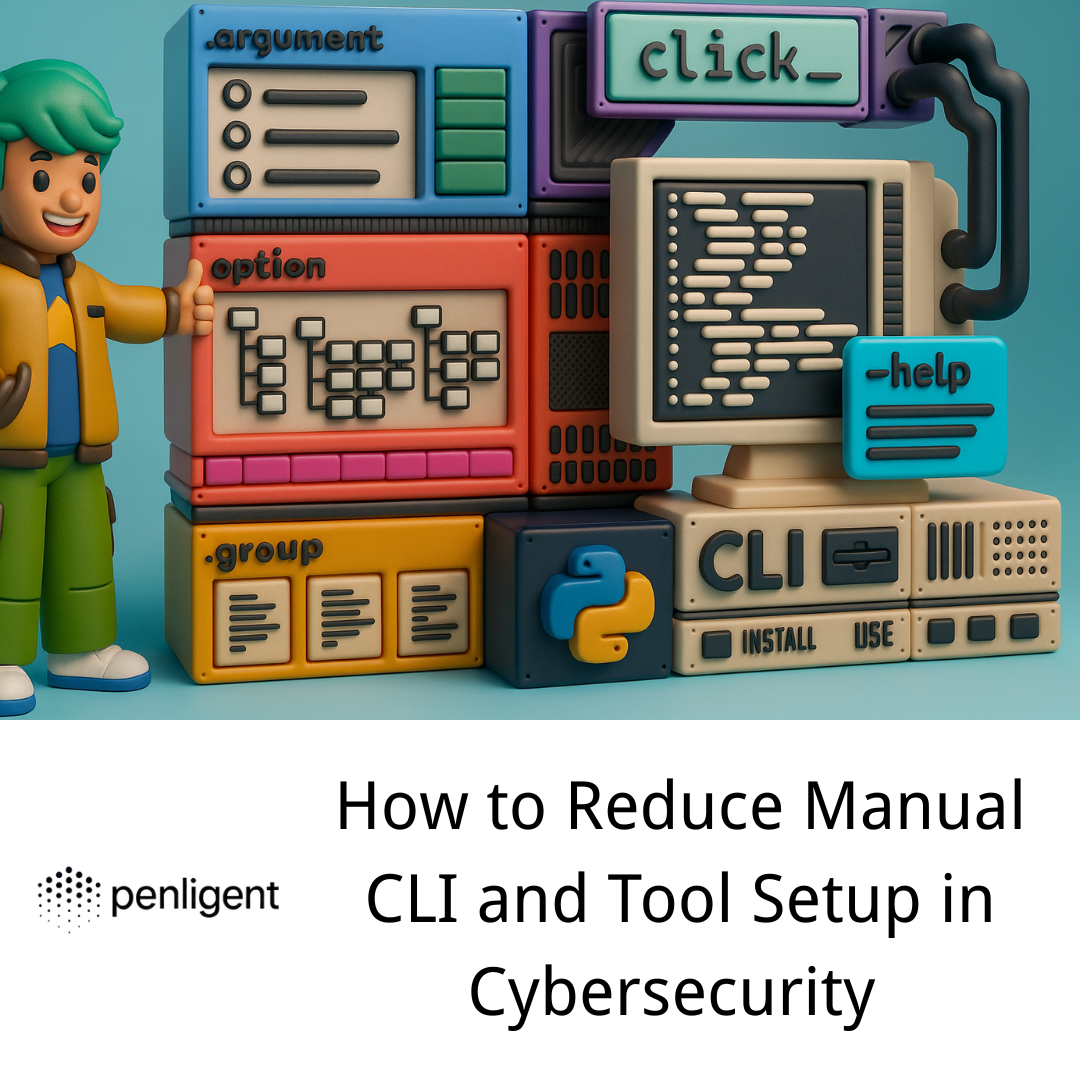Introduction: Why CVE-2025-11953 is a Game-Changer for React Native Security
If you’re a React Native developer or an IT security professional working with mobile applications, you need to be aware of CVE-2025-11953—a critical vulnerability that affects the core Metro Development Server used in React Native projects. This vulnerability exposes the development environment to remote code execution (RCE) attacks, posing significant risks, particularly for those who fail to configure their development servers securely.
In essence, CVE-2025-11953 reveals a double whammy: default configuration flaws et command injection vulnerabilities. The Metro Development Server, essential for bundling and debugging React Native apps, by default binds to 0.0.0.0, allowing external access to the server. Moreover, certain exposed endpoints in the server accept unfiltered user input, enabling attackers to inject operating system commands, leading to RCE and complete host takeover.
As React Native is a leading framework for cross-platform mobile app development, developers often underestimate the risks posed by this vulnerability. In this article, we will break down the core issues of CVE-2025-11953, walk through its technical implications, and provide actionable steps to mitigate the risk. We will also touch on the practical aspects of securing your development environment and maintaining secure React Native workflows.
What Is CVE‑2025‑11953? A Closer Look
According to the JFrog Ltd. Security Research team, the vulnerability affects the widely used NPM package @react‑native‑community/cli, which drives the Metro server for React Native. The flaw allows unauthenticated attackers to submit a crafted POST request to an exposed endpoint (such as /open‑url) and execute arbitrary OS commands on the host. JFrog+2nvd.nist.gov+2 Key factors:
- CVSS 3.1 score: 9.8 (AV:N/AC:L/PR:N/UI:N/S:U/C:H/I:H/A:H) nvd.nist.gov
- Affected versions: @react‑native‑community/cli‑server‑api from 4.8.0 up to 20.0.0‑alpha.2. Patch available in version 20.0.0. The Hacker News+1
- Underlying issue: Metro server binds to 0.0.0.0 by default et passes user input through
open()(from the open npm package) into an OS command execution path. CSO Online+1
Why it matters: Unlike typical dev‑server flaws limited to localhost, this one provides a remote network vector. Dev machines and CI agents running Metro are at risk. eSecurity Planet
| Item | Details |
|---|---|
| CVE ID | CVE‑2025‑11953 |
| Type de vulnérabilité | OS Command Injection (CWE‑78) |
| Affected Component | React Native CLI’s Metro Development Server |
| Affected Versions | React Native ≤ 0.74.1 / Metro ≤ 0.81.0 (and CLI‑server‑api 4.8.0–20.0.0‑alpha.2) |
| Trigger Endpoint | Exposed HTTP endpoints (e.g., /open‑url, /symbolicate, /debugger‑ui) |
| Severity (CVSS) | 9.8 / AV:N / AC:L / PR:N / UI:N |
| Primary Risk | Remote code execution → Dev machine compromise → internal network lateral movement |

Here’s a closer look at the specific technical risks that make this flaw particularly dangerous:
Default Exposure of Metro Server
Quand React Native CLI starts the Metro development server, it defaults to binding to 0.0.0.0, meaning that the server is listening on all available network interfaces—both internal and external. This is a major security risk for any developer hosting the server on a machine with internet access.
Here’s a sample of the code that configures this default binding:
javascript :
// Metro server default config (react-native/node_modules/metro/src/server/index.js)
const config = {
host: '0.0.0.0', // binds to all interfaces
port: 8081, // default port
enableCORS: true // cross-origin requests enabled
};
What should happen is that the Metro server should bind only to 127.0.0.1 (localhost), ensuring that only the local development machine can access it. However, this configuration allows remote access, putting the server at risk.
Command Injection Vulnerability
The second part of the vulnerability involves command injection, where certain endpoints, like /symbolicate et /debugger-ui, pass user input directly into system commands. This lack of input validation allows attackers to inject malicious commands and potentially execute arbitrary code.
For example, a legitimate request to /symbolicate might look like this:
POST /symbolicate HTTP/1.1
Host: [target-ip]:8081
Content-Type: application/json
{
"logPath": "/var/log/react-native/crash.log"
}
However, an attacker could inject additional commands, like this:
POST /symbolicate HTTP/1.1
Host: [target-ip]:8081
Content-Type: application/json
{
"logPath": "/var/log/react-native/crash.log && whoami"
}
In this case, the system executes the command cat /var/log/react-native/crash.log && whoami, allowing the attacker to execute arbitrary commands on the server, such as whoami to reveal the current user.
Which Versions of React Native Are Affected by CVE-2025-11953?
The vulnerability impacts React Native versions ≤ 0.74.1 et Metro versions ≤ 0.81.0. If you’re running these versions or anything older, it’s critical to upgrade immediately to avoid exposing your development environment to remote code execution.
To check your React Native version, you can run:
npm list @react-native-community/cli-server-api
If the version is outdated, upgrade to a secure version by running:
npm install react-native@latest
If upgrading React Native is not feasible right away, you can update Metro independently by running:
npm install metro@latest --save-dev
Practical Mitigation Strategies for CVE-2025-11953
Immediate Fix: Bind Metro to localhost
If you cannot immediately upgrade your dependencies, you can temporarily mitigate the risk by binding the Metro server à 127.0.0.1. This prevents external attackers from reaching the server, even if it is exposed.
To bind Metro to localhost, run:
npx react-native start --host 127.0.0.1
To make this permanent, add the following to your package.json:
"scripts": {
"start": "react-native start --host 127.0.0.1",
"android": "react-native run-android",
"ios": "react-native run-ios"
}
Network Security: Use Firewalls
Another immediate safeguard is configuring firewalls to block any external access to the default Metro port (8081). For example, on Linux, use:
iptables -A INPUT -p tcp --dport 8081 -s 127.0.0.1 -j ACCEPT
iptables -A INPUT -p tcp --dport 8081 -j DROP
For Windows users, configure the firewall to limit port 8081 to localhost.
Penligent: Automating Security Testing for React Native Projects
As a React Native developer, staying ahead of vulnerabilities like CVE-2025-11953 can be challenging. That’s where Penligent, an AI-powered penetration testing platform, comes into play. Penligent automates the detection of vulnerabilities like CVE-2025-11953, scanning your React Native codebase and configurations to identify potential risks in real-time.
Avec Penligent, you can integrate automated tests de pénétration into your development pipeline, ensuring that your projects are secure before deployment. This proactive security approach helps you avoid costly vulnerabilities and protects your users from malicious attacks.
Conclusion: Securing React Native Projects from CVE-2025-11953
CVE-2025-11953 has exposed critical security flaws in the Metro development server of React Native, making it easier for attackers to take over a development environment. By understanding the configuration flaws et command injection risks, developers can take action to protect their projects.
To mitigate the risks of CVE-2025-11953, developers should:
- Upgrade to the latest React Native et Metro versions.
- Implement temporary fixes such as binding the server to localhost.
- Configure firewalls to restrict access to Metro’s default port.
Furthermore, using tools like Penligent can automate security testing, ensuring that your development environment remains safe. By adopting these strategies, you can protect your React Native projects from the threat of remote code execution and ensure that your development workflows stay secure.
For more security best practices, refer to the OWASP Top Ten et npm security advisories for ongoing updates.


